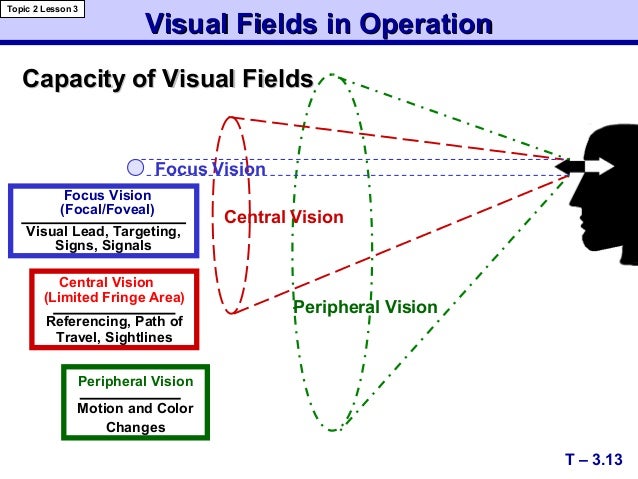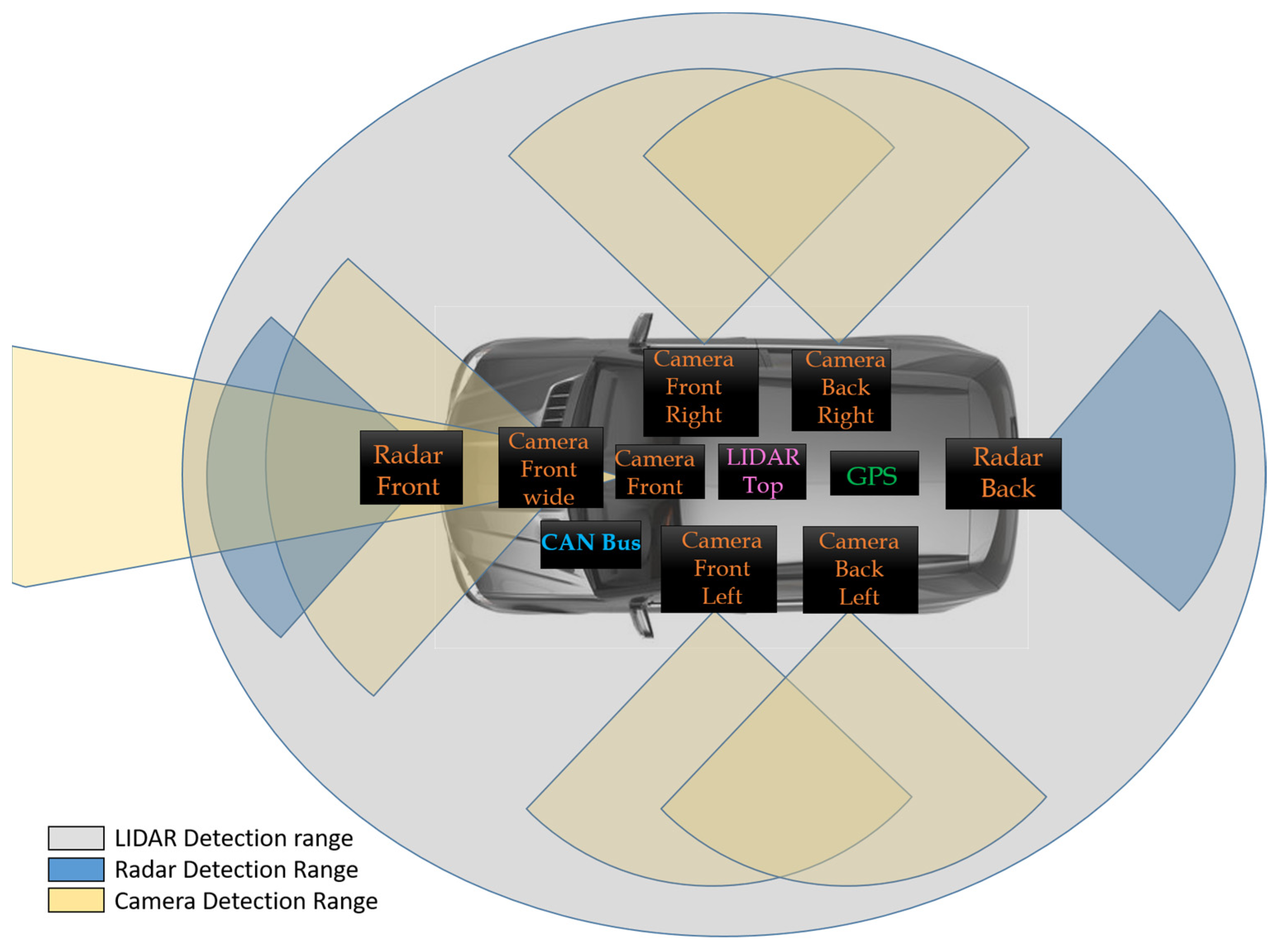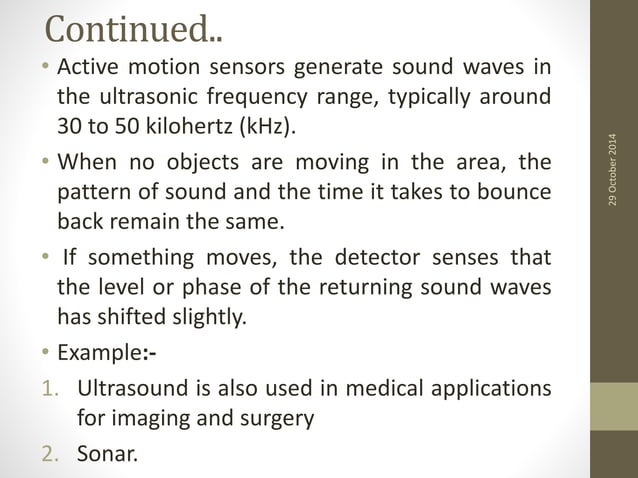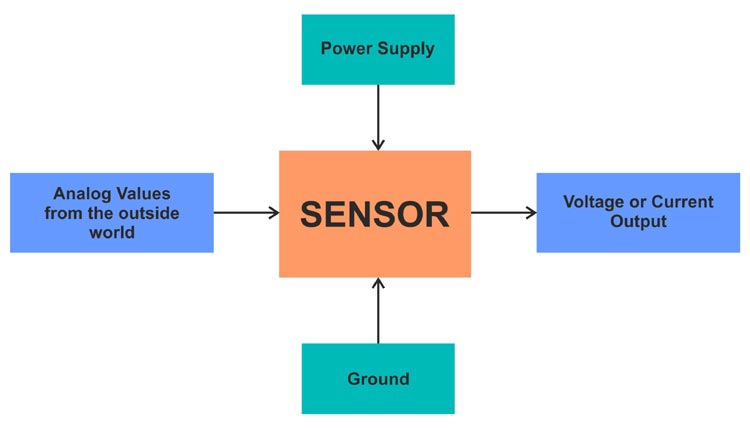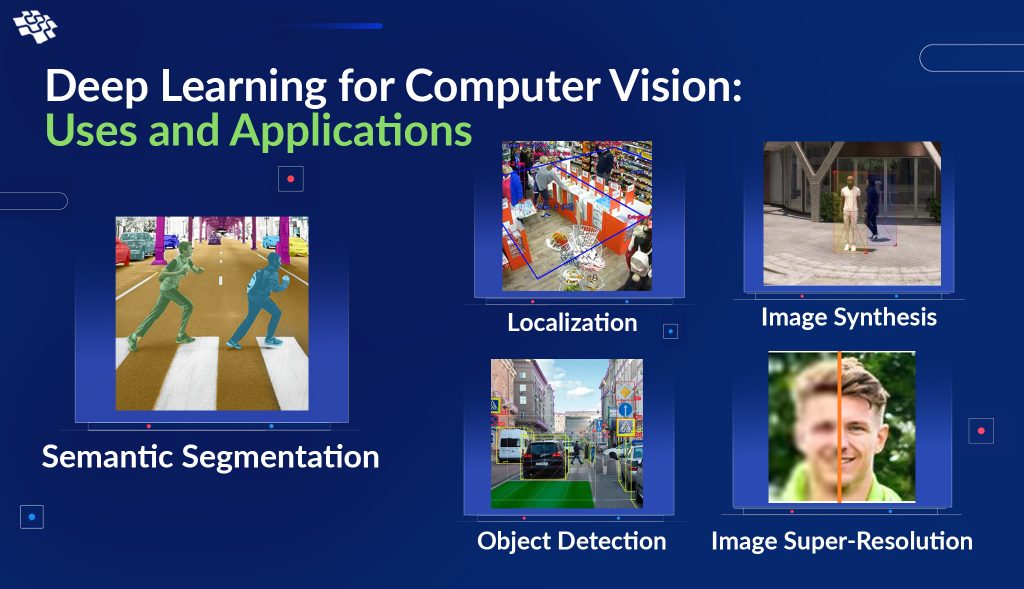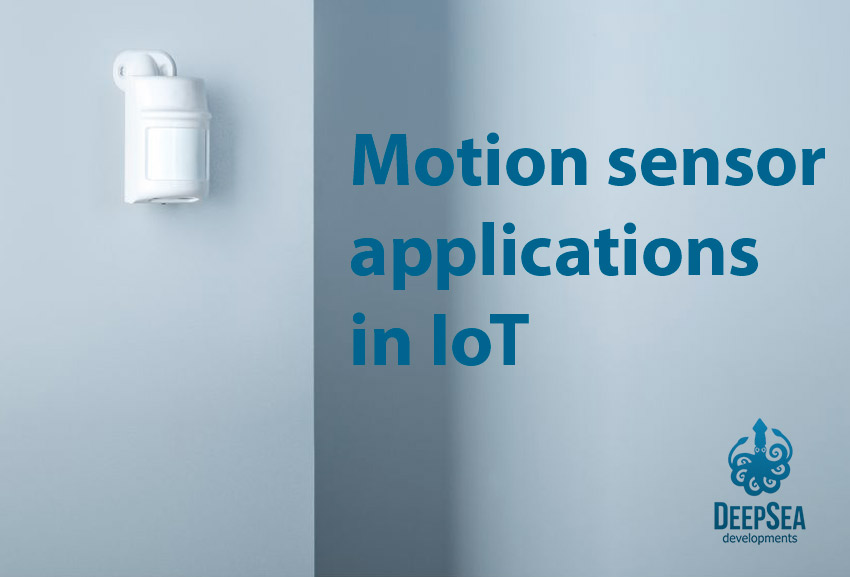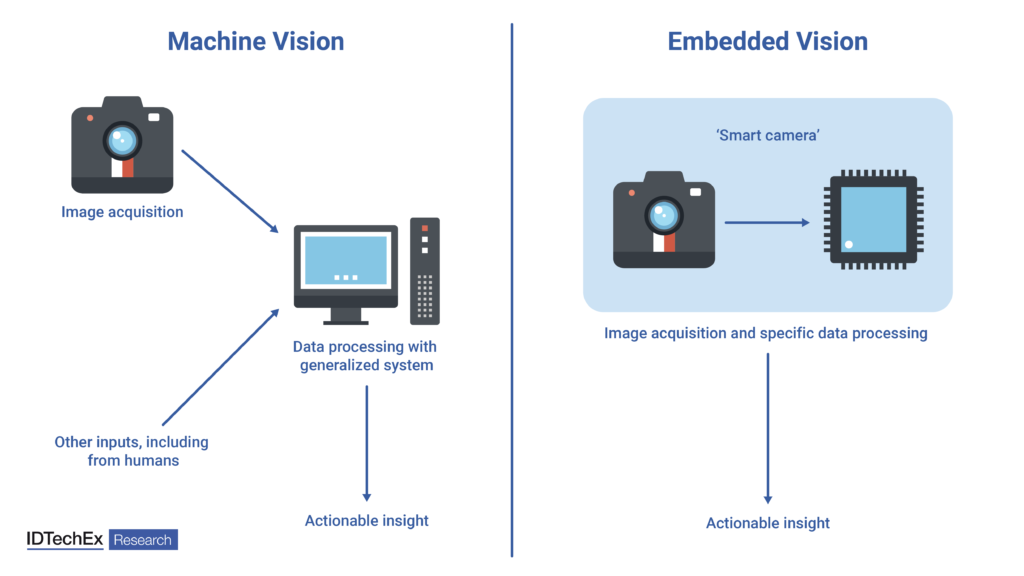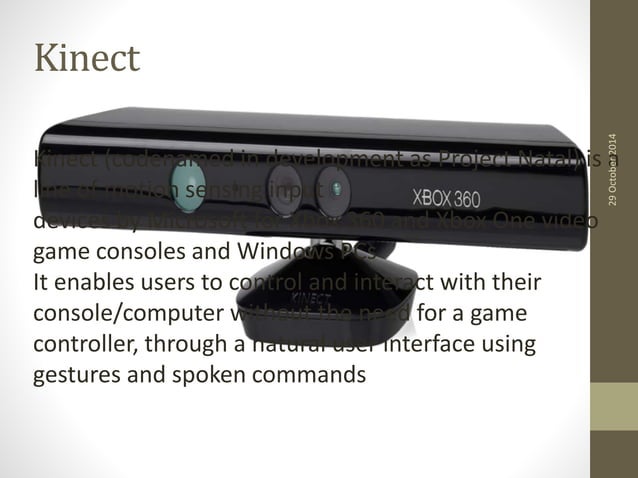Is The Type Of Vision Useful In Sensing Motion
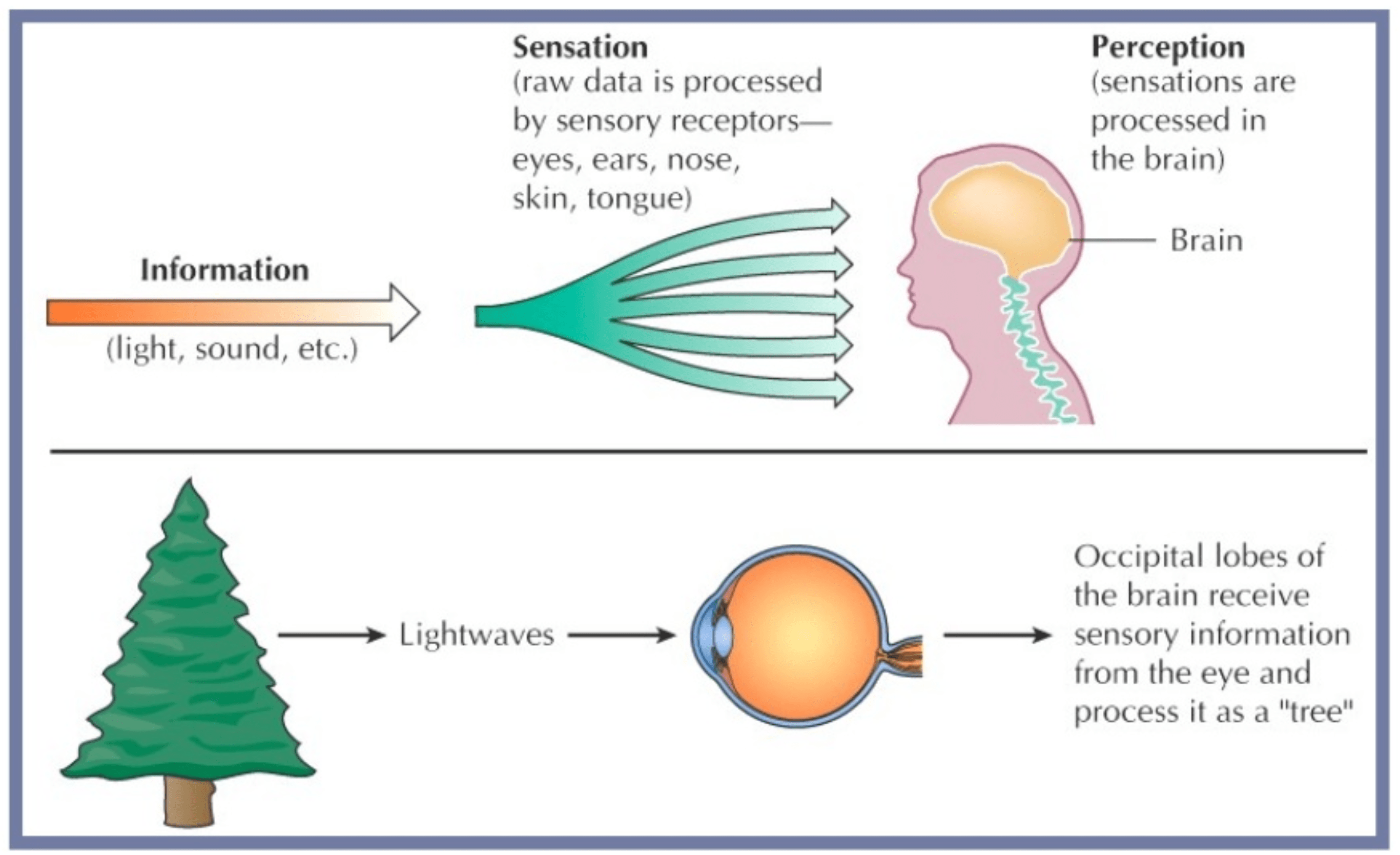
The interplay between different types of vision and motion perception has long been a topic of fascination and intense scientific investigation. Recent studies are shedding new light on how distinct visual pathways contribute to our ability to sense movement, raising questions about the specialization and redundancy within the visual system. Understanding these mechanisms could have profound implications for fields ranging from artificial intelligence to the treatment of visual disorders.
This article examines the current scientific understanding of how different types of vision, particularly photopic (daylight vision) and scotopic (night vision), contribute to motion sensing. We will explore the roles of various photoreceptor cells and neural circuits in processing visual information related to movement. The goal is to provide a clear overview of this complex area, drawing on recent research and expert insights.
The Roles of Photopic and Scotopic Vision
Our visual system relies on two main types of photoreceptor cells: cones and rods. Cones are responsible for photopic vision, allowing us to perceive color and fine details in bright light. Rods, on the other hand, enable scotopic vision, providing sensitivity to low light levels but with limited color perception and lower spatial resolution.
Traditionally, it was thought that photopic vision, with its higher acuity and color information, played the dominant role in motion perception during daylight conditions. However, research has increasingly revealed the contribution of scotopic vision, even in brighter environments. The sensitivity of rods to even slight changes in light intensity can provide valuable information about movement, particularly at the periphery of our visual field.
Evidence from Recent Studies
A study published in the Journal of Neuroscience investigated the ability of participants to detect subtle motion under varying light conditions. The researchers found that even when cones were actively engaged, the suppression of rod activity significantly impaired motion detection, especially for low-contrast stimuli. This suggests that rods continue to contribute to motion processing even when cones are active.
Another research group, led by Dr. Anya Sharma at the University of California, Berkeley, used advanced imaging techniques to observe neural activity in the visual cortex during motion perception tasks. Their findings indicated that both cone-driven and rod-driven pathways converge in specific brain areas, suggesting an integrated processing of motion information from different visual modalities.
“This highlights that the visual system isn’t strictly segregated,”Dr. Sharma explained in an interview,
“but rather it efficiently integrates information from different photoreceptor types to create a robust and reliable perception of motion.”
Neural Pathways and Motion Processing
Motion perception is not solely dependent on the photoreceptors themselves but also involves complex neural circuits within the retina and brain. Specialized ganglion cells in the retina, such as magnocellular (M-cells) and parvocellular (P-cells), play distinct roles in transmitting visual information to higher brain areas.
M-cells, which receive input primarily from rods and some cones, are highly sensitive to motion and changes in luminance. P-cells, which receive input primarily from cones, are more sensitive to color and fine details. The information from both M-cells and P-cells is relayed to the visual cortex, where it undergoes further processing to generate a coherent perception of motion.
The dorsal stream, a neural pathway extending from the visual cortex to the parietal lobe, is particularly important for motion processing. This pathway analyzes the direction and speed of moving objects, enabling us to interact with the environment effectively.
Implications and Future Directions
Understanding the contributions of different vision types to motion perception has several important implications. For example, in the development of artificial vision systems, mimicking the integrated processing of cone and rod signals could improve the robustness and accuracy of motion detection algorithms. This could lead to more advanced robotics and self-driving cars.
Furthermore, research into motion perception can inform the diagnosis and treatment of visual disorders. Individuals with conditions such as retinitis pigmentosa, which primarily affects rod function, often experience difficulties with motion perception, particularly in low-light conditions. Understanding the specific neural mechanisms underlying these deficits could lead to more targeted therapies.
Future research should focus on further elucidating the interaction between cone and rod pathways in motion processing. Exploring the role of specific neuromodulators and feedback loops within the visual system could provide a more complete picture of how motion perception is achieved. Investigating individual differences in motion sensitivity and relating them to underlying genetic and environmental factors could also be valuable.
Conclusion
The perception of motion is a complex process involving the integrated activity of both photopic and scotopic vision systems. While cones provide high-resolution color information, rods contribute significantly to motion sensitivity, particularly in low-light conditions and for detecting subtle movements. Future research promises to further refine our understanding of these intricate mechanisms, leading to advances in artificial intelligence, visual rehabilitation, and our basic understanding of the human visual system.
